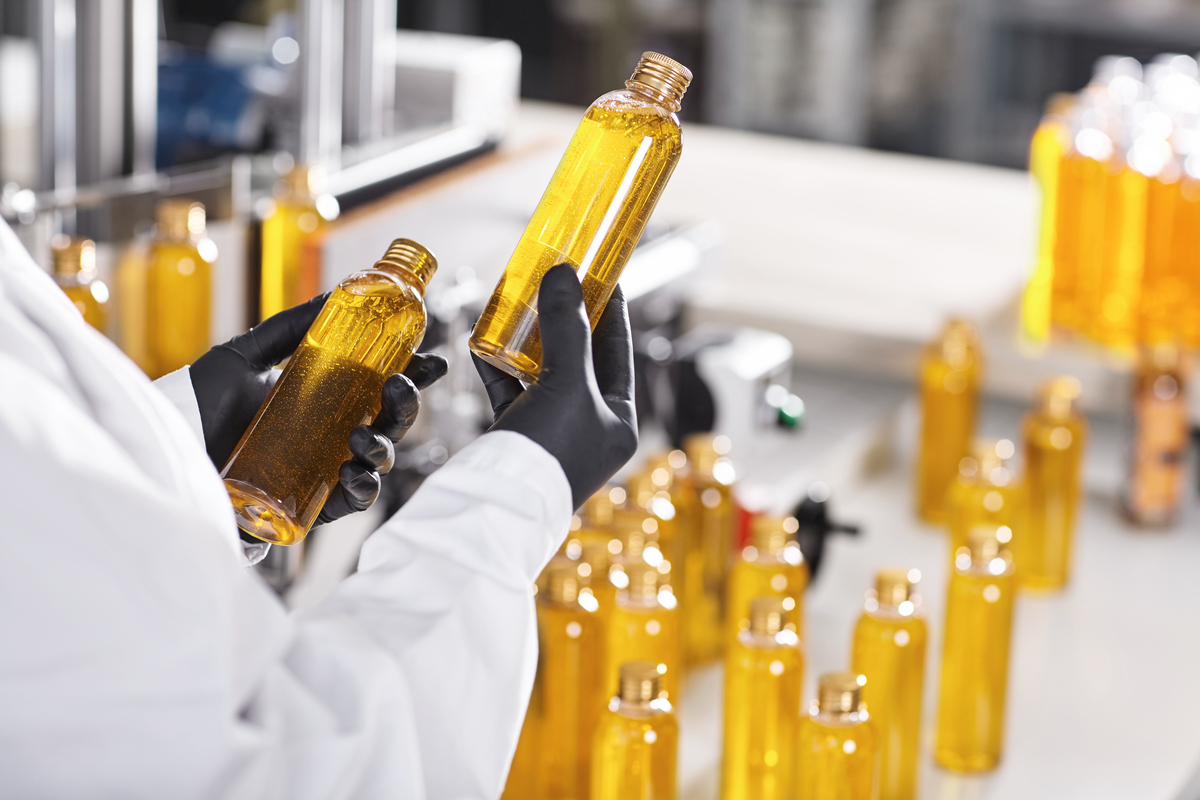Chemical lubricants play a critical role in various industries, from automotive and manufacturing to aerospace and energy. These substances not only reduce friction and wear but also help enhance the overall performance and longevity of mechanical systems. However, selecting and applying the right chemical lubricant can be a complex task, riddled with challenges that can impact the efficiency and effectiveness of the lubrication process.
In this article, we will explore some of the common challenges faced by industries when it comes to chemical lubricant selection and application. By understanding and addressing these challenges, businesses can optimize their lubrication practices, extend the lifespan of their equipment, and improve operational efficiency.
Compatibility
Compatibility is a significant challenge when it comes to chemical lubricant selection. Different materials used in machinery, such as metals, alloys, plastics, or composites, have varying characteristics and requirements. And using lubricants that are not compatible with these materials can lead to corrosion, degradation, or inefficient lubrication, resulting in equipment failure and decreased performance.
To address this challenge, businesses can adopt several strategies. Firstly, conducting thorough material compatibility testing is crucial to identify potential issues and select lubricants that are suitable for specific materials. Collaborating with lubricant manufacturers or industry experts who possess in-depth knowledge about material compatibility can provide valuable insights.
Additionally, utilizing lubricants with broad compatibility ranges, such as synthetic lubricants, can help ensure compatibility across a wide range of materials. Regular monitoring and evaluation of lubricant performance and its interaction with materials can also help identify any compatibility issues early on, allowing for adjustments and the selection of more suitable lubricants.
Temperature and Environmental Factors
Temperature and environmental factors also pose significant challenges in chemical lubricant selection. Operating conditions such as extreme temperatures, high pressures, humidity, contamination, and exposure to chemicals or water can adversely affect the performance and stability of lubricants.
Businesses can use a number of techniques to overcome these issues. Firstly, understanding the specific temperature ranges and environmental conditions that the lubricant will be subjected to is crucial. This knowledge enables the selection of lubricants that are formulated to withstand these conditions, such as high-temperature or extreme-pressure lubricants.
Utilizing additives and formulations that enhance the lubricant’s thermal stability, corrosion resistance, and water repellency can also help mitigate the impact of these factors. Regular monitoring and analysis of lubricant performance under varying environmental conditions can provide insights into its effectiveness and identify any required adjustments or replacements.
Additionally, implementing effective maintenance practices, such as proper storage and handling of lubricants, filtering and removing contaminants, and implementing preventive measures to minimize exposure to harsh environments, can contribute to overcoming temperature and environmental challenges.
Contamination
Contaminants such as dirt, debris, moisture, and particulate matter can degrade the performance of lubricants, leading to increased friction, wear, and potential equipment failure. Therefore, as a means of addressing this challenge, businesses can adopt several strategies.
Implementing effective filtration systems and using high-quality filters first can help remove contaminants from lubricants before they are applied to the machinery. Regular monitoring of lubricant cleanliness through oil analysis and visual inspections can provide insights into the presence of contaminants and the effectiveness of filtration systems.
Another strategy is to implement proper storage and handling practices to prevent lubricant contamination before application. This includes storing lubricants in clean and controlled environments, using sealed containers, and minimizing exposure to moisture and dust.
As contamination control is prioritized, businesses can ensure the optimal performance and longevity of their machinery and equipment, reducing the risk of unplanned downtime and costly repairs.
Lubricant Degradation
Over time, lubricants can undergo degradation due to factors such as heat, oxidation, moisture, and contamination. This degradation can lead to a decrease in lubricant performance, including reduced viscosity, decreased film strength, and compromised lubricating properties.
There are a number of ways that firms can use to overcome this difficulty. Initially, it’s essential to choose premium lubricants that are made to withstand deterioration and keep performing for a long time. Lubricants with superior oxidation resistance, thermal stability, and anti-aging properties can help mitigate degradation issues.
Implementing effective lubricant management practices, such as regular oil analysis, monitoring of key performance indicators, and tracking lubricant lifespan, can provide insights into degradation levels and allow for timely lubricant replacement. Also, proper storage and handling of lubricants, including minimizing exposure to moisture, temperature extremes, and contaminants, can also help prevent premature degradation.
Additionally, establishing preventive maintenance programs, including regular equipment inspections, lubricant top-ups, and scheduled lubricant replacement based on manufacturer recommendations, can help address lubricant degradation issues. Thus, as these strategies get implemented, businesses can prolong the lifespan of their lubricants, optimize equipment performance, and minimize the risk of lubricant-related failures.
Proper Lubricant Application
Inadequate or incorrect application of lubricants can lead to issues such as excessive friction, insufficient lubrication, overheating, and premature wear. And to address this challenge, businesses can adopt several strategies. One of these strategies would be understanding the specific requirements of the machinery and equipment is essential. This includes identifying the appropriate lubrication points, understanding the recommended lubricant quantity and viscosity, and considering any specific application techniques or equipment manufacturer guidelines.
Moreover, implementing a comprehensive lubrication schedule and ensuring regular maintenance checks to monitor lubricant levels and replenish as necessary can help maintain optimal lubrication. Utilizing appropriate application methods, such as manual greasing, automatic lubrication systems, or specialized equipment, depending on the specific machinery and lubrication points, is crucial.
Thus, by focusing on proper lubricant application techniques and practices, businesses can optimize equipment performance, minimize wear and tear, and extend the lifespan of their machinery.
Key Takeaway
Addressing the common challenges in chemical lubricant selection and application is essential for businesses to optimize their lubrication practices, enhance equipment performance, and improve operational efficiency. Businesses can then maximize the efficiency and effectiveness of their lubrication processes, extend equipment lifespan, and contribute to a more sustainable future. Proactively addressing these challenges enables businesses to unlock the full potential of their machinery and equipment, reducing downtime, optimizing performance, and achieving long-term success.



